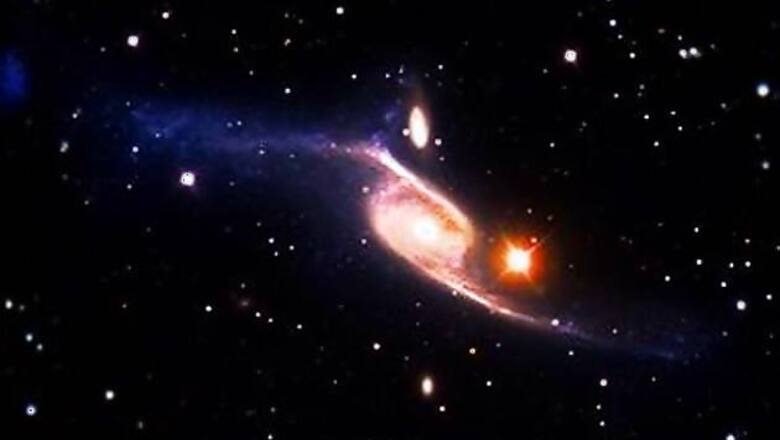
views
Washington: Do you wonder why some galaxies flourish with star formation and others barely bloom? The answer lies in slow-growing galaxies.
Using data from the European Space Agency's Herschel mission, NASA's Spitzer Space Telescope and the Galaxy Evolution Explorer (GALEX), astronomers have made some of the most accurate measurements yet of the meager rates at which small, sluggish galaxies create stars.
"The metals in space help act in some ways like a fertiliser to help stars grow," said George Helou, director of NASA's Infrared Processing and Analysis Center (IPAC) at the California Institute of Technology, Pasadena in the US.
The two slow-growing galaxies in the study - Sextans A and ESO 146-G14 - lack in heavy metals just like our young and remote cosmos.
These smaller galaxies managed to travel through history while remaining pristine and never bulked up in heavy metals.
Heavy metals not only help stars to form but are also created themselves by stars.
"The metal-poor galaxies are like islands left over from the early universe. Because they are relatively close to us, they are especially valuable windows to the past," Helou added.
After combing through Herschel data and analysing radio-wavelength measurements of some of the gas in the galaxies, astronomers determined that these two galaxies are plodding along, creating stars at rates 10 times lower than their normal counterparts.
"Star formation is very inefficient in these environments. Extremely metal-poor nearby galaxies are the best way to know what went on billions of years ago," said lead study author Yong Shi from the Nanjing University in China.
The heavy metals in present-day galaxies help star formation to flourish through cooling effects.
Heavy metals cool everything down by radiating away the heat, enabling the cloud to condense into a star.
The study was published in the journal Nature.


















Comments
0 comment